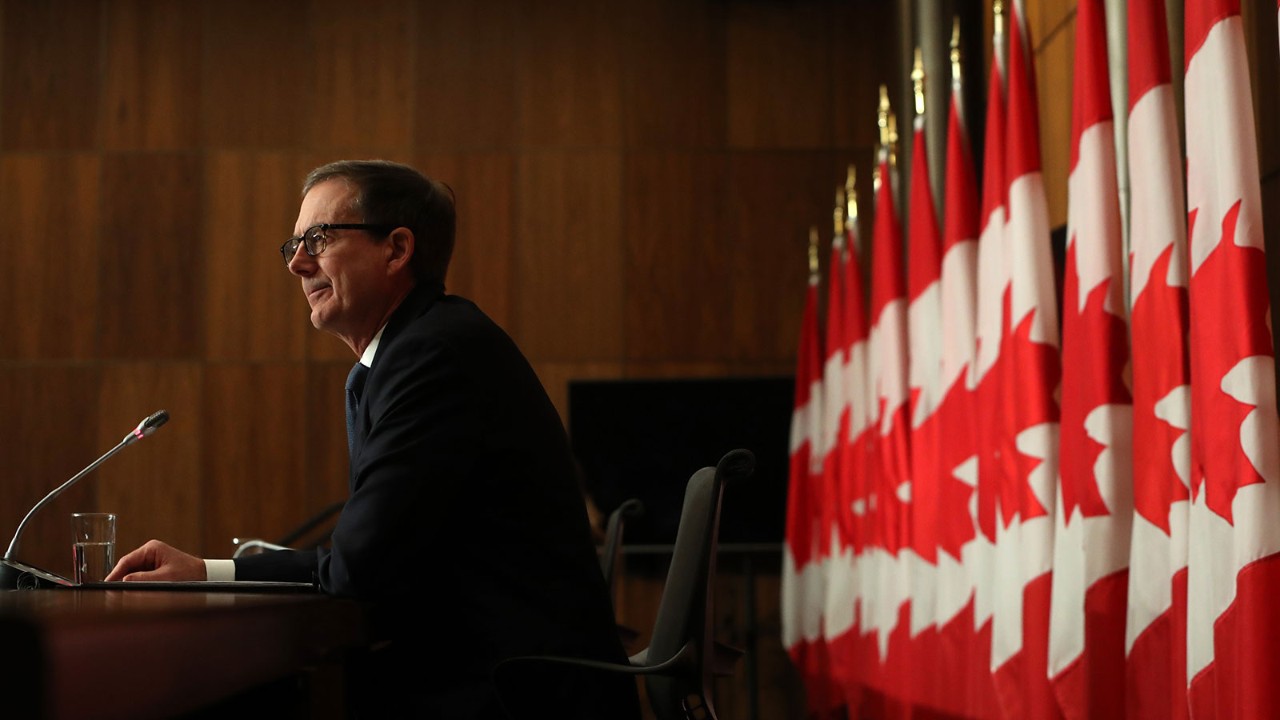
Inflation has turned into the horrible guest that was supposed to come over for dinner but stays long past the end of the party, crashing out on the couch for several days.
Data for November shows inflation in Canada, the US and virtually everywhere has skyrocketed, and the persistence of high prices has become a concern for everyone, not just policymakers.
Businesses are figuring out ways to raise their prices. Listed companies are taking a hit to their share price as investors prepare for lower returns relative to the value of money and higher borrowing costs. Meanwhile consumers are already braced to spend much more next year on everything from food and cars to electronics and, of course, money they borrow.
Unlike in previous economic crises, consumers have been spending
In the US, inflation hit 6.8% on an annualised basis in November, the highest level in 40 years. In Canada, the reading was also high, coming in at 4.7%, a level similar to October and the highest since 2003.
Supply crunches
In hindsight, this is the predictable result of a combination of supply constraints, increased demand and too much cash floating around. One of the most basic causes of price increases is lack of supply. When goods are hard to come by, they become more expensive.
Over the past two years, the Covid-19 pandemic has led to supply crunches as factories everywhere had to deal with sporadic stoppages and ports closed from time to time, while the extraction of raw materials suffered similar setbacks. At the same time, the increasing frequency and severity of weather events – from giant storms to floods – hit supply chains and slowed the distribution of goods.
On the west coast of Canada, for example, this played out in surprising relief in mid-November, when normally innocuous rain fell in record volumes and all but destroyed the three highways leading out of Vancouver, a major port and logistics hub, and damaged rail links and the main oil transportation pipeline connecting with the rest of Canada.
Trade credit insurer Euler Hermes predicted in early December that the disruptions to global supply chains are likely to continue well into the second half of 2022, and that the emergence of the omicron variant is likely prove to be another curve ball.
Covid-19 lockdowns have sent e-commerce sales through the roof
Spending surge
Then there is increased demand, another basic cause of price increases. Unlike in previous economic crises, consumers have been spending.
An unintended consequence of Covid-19 lockdowns and the move to work from home has been a boost in demand for home electronics, computers, furniture, food and other items. E-commerce sales have shot through the roof. What people are not spending on suits to wear at the office they are spending on new iPads or monitors. More demand for products leads, of course, to those products costing more.
The combination of increased demand and supply shortages supercharges prices and inflation.
Cash splurge
And then there is the X factor: the amount of money sloshing around. Basic economics tells us that when cash is plentiful, prices go up. Interest rates have been at or near zero for years, which lets people and companies borrow more, boosting the money supply. When the pandemic hit, governments in Canada, the US and elsewhere started sending out money to just about everyone to make up for lost income. Some of that money went to make up shortfalls but some of it simply helped people save or spend.
The higher levels of inflation will likely persist for some time, at least until conditions return to some kind of normal. Normal will likely return eventually, but slowly.
First, pressure on supply chains will probably begin easing off as kinks are worked through and inventories rise back up to pre-Covid levels. Second, consumer demand has probably peaked. Third, government supports are fading while central banks are curbing quantitative easing policies and are set to begin pushing up interest rates.
Inflation will likely be painful in 2022 but will eventually ease off as conditions return to normal.


